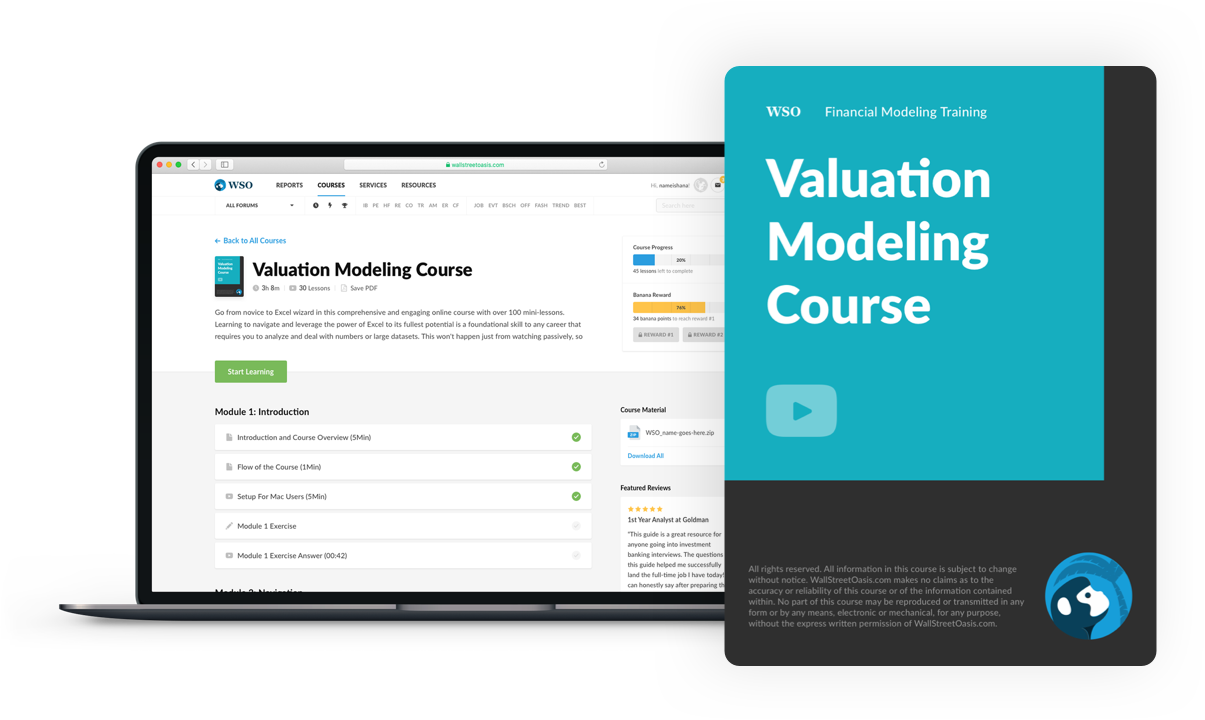PP&E (Property, Plant and Equipment)
Comprises a company's long-term tangible assets, crucial for operations, signaling growth expectations and financial health.
What Is PP&E (Property, Plant and Equipment)?
PP&E, or Property, Plant, and Equipment, comprises a company's long-term tangible assets, such as machinery and buildings, that are crucial for operations, signaling growth expectations and financial health.
A business's long-term assets may include property, plant, and equipment (PP&E), among other categories.
PP&E, being tangible assets, often plays an important role in a business's operations and financial health. However, these assets cannot easily be converted into cash and are displayed on a company's balance sheet.
These assets are generally less liquid compared to items like inventory or investments. Of course, a company can sell its equipment, but that is more difficult than selling its inventory or investments.
A few examples include:
- Machinery
- Buildings (e.g., factories)
- Vehicles
These assets are used to generate revenues and profits for a company. When a company's management team purchases PP&E, it often signals expectations for long-term growth.
It is helpful for investment analysts and accountants when evaluating a company's financial health and how efficiently and effectively it utilizes its funds.
Analyzing a company's PP&E is especially useful for understanding its existing assets, which aids in planning capital expenditures. On the balance sheet, the PP&E account typically represents the book value or carrying amount of the company's property, plant, and equipment.
Key Takeaways
- PP&E, or Property, Plant, and Equipment, encompasses a company's crucial long-term tangible assets like machinery and buildings, signaling growth expectations and financial health.
- PP&E, being tangible assets, is less liquid compared to items like inventory or investments, making it challenging to convert into cash easily.
- To calculate Net PP&E, subtract accumulated depreciation from the sum of gross PP&E and capital expenditures, demonstrating the asset's long-term worth on the balance sheet.
- While PP&E analysis is essential, it has limitations, such as overlooking intangible assets like trademarks, and may not be a valuable metric for companies with few fixed assets.
Understanding property, plant, and equipment
The value varies significantly between firms. For instance, an automobile company will likely have a much higher total value of PP&E than a technology company.
A company's PP&E includes all of its fixed, long-term assets that are tangible, traceable, and predicted to produce economic returns for the business for more than one year.
After their useful life has expired, the value of PP&E assets is usually considered to be zero. Among the assets that make up PP&E, land is typically considered not to depreciate over time, although external factors can influence its value.
It is important to note that if a company produces and sells machinery, it is not included in its PP&E total value. Instead, it is classified as inventory.
Also, real estate companies sell properties not classified as property, plants, and equipment but considered investment properties or real estate assets.
PP&E and noncurrent assets
An important distinction is that while property, plant, and equipment are noncurrent assets, not all noncurrent assets are property, plant, or equipment. In addition, some intangible assets are nonphysical (e.g., patents and copyrights).
These assets are categorized as noncurrent because they bring value to a company. However, these assets cannot be easily converted into cash within one year.
Companies typically hold bonds and notes on their balance sheets for over one fiscal year. For this reason, these investments are considered noncurrent assets.
PP&E is recognized as a noncurrent asset on a company's balance sheet, demonstrating its long-term worth and usefulness. Noncurrent assets usually include investments, intangible assets, and deferred tax assets, among other things.
These assets are important in establishing a company's financial health since they might contribute to future revenues and cash flows. Effective management of noncurrent assets is critical for firms to survive and expand over time.
PP&E Calculation
To calculate, find the sum of the gross property, plant, and equipment listed on the balance sheet and capital expenditures. Then, subtract accumulated depreciation from the result obtained by adding the gross property, plant and equipment, and capital expenditures.
The calculation is usually already done when it is listed under net PP&E on a company's balance sheet.
The formula for Net PP&E is:
Net PP&E = Gross PP&E + Capital Expenditures - Accumulated Depreciation

Everything You Need To Master Valuation Modeling
To Help You Thrive in the Most Prestigious Jobs on Wall Street.
Example Of PP&E
Concepts are much easier to grasp when given an example. Therefore, let's take a look at one below:
In July 2021, Company X owned PP&E machinery with a gross value of $3,000,000.
Due to damage and weathering of the PP&E, Company X decided to buy another $2,000,000 in new equipment. Therefore, the depreciation expense for all old and new equipment for this period is $130,000.
We'll calculate the net PP&E value by using the formula and getting the total value as:
Net PP&E = $3,000,000 + $2,000,000 - $130,000 = $4,870,000
Thus, the net PP&E is $4,870,000.
significance of PP&E
A company's property, plant, and equipment are beneficial for investment analysts and accountants who want to assess its financial health and determine whether it is using its funds efficiently and effectively.
When a company invests heavily in property, plant, and equipment, it is a good signal to investors. Because fixed assets are significant investments for a company, buying property, plants, and equipment signifies that the company predicts long-term growth and profitability.
Property, plant, and equipment are a firm's physical assets that it predicts will be economically beneficial and bring in revenues over a long period. Capital investment is a broader term that may include a company's investment in property, plant, and equipment, among other things.
Note
Some companies can be considered capital-intensive, indicating that they require a significant amount of fixed assets.
A company may liquidate its property, plant, and equipment when they are no longer helpful or when a company is in a difficult financial position. To investors, selling property, plant, and equipment might signify a company's poor financial health.
In many cases, a company may not necessarily profit from selling them, depending on various factors. A company may also use them as collateral for a loan. This process is called borrowing off PP&E or a floating lien.
Accounting for PP&E
A company records its property, plant, and equipment on its financial statements, particularly on the balance sheet. Initially, it is calculated according to its historical cost.
The historical cost is the cost associated with an asset's purchase, including transaction fees and other expenses related to the asset's acquisition and initial use.
For instance, when a company buys a factory for production operations, the historical costs could include the purchase price, transaction fees, and factory improvements that allow it to maximize its utility.
Property, plant, and equipment value is consistently adjusted to account for the depreciation of fixed assets.
Depreciation is the systematic allocation of the cost of a physical asset over its useful life to reflect its gradual decrease in value. Accumulated depreciation is a company's cumulative depreciation expense over time.
Note
It is important to note that land does not depreciate due to its typically indefinite useful life; instead, it is often carried at its original cost on the balance sheet. Because of this, the land is usually carried at its original cost on the balance sheet.
The book value is a company's balance of property, plant, and equipment after accounting for historical cost and depreciation.
The book value is reported regularly on a company's balance sheet, reflecting the cumulative impact of historical cost and depreciation based on the most recent information and conditions.
This value can be found on a company's balance sheet.
Limitations of PP&E
While property, plant, and equipment can be helpful to investors when analyzing a company, it is not without fault. Therefore, it is essential to consider its limitations.
They are essential for many companies to succeed in the long run. For example, a company might sell a portion of its assets to raise cash and increase profit or net income. Thus, companies and investors need to monitor property, plant, and equipment, including fixed asset sales.
Its analysis is limited in its ability to account for intangible assets, like a company's trademark. For instance, Google's trademark and brand name embody significant intangible assets. As a result, investors cannot see Google's value if they only look at Google's property, plant, and equipment.
Another limitation is that the property, plant, and equipment analysis does not offer a valuable metric for companies with few fixed assets.
PP&E impact on investors
Companies may make capital expenditures to acquire fixed assets, which can contribute to their long-term future, including potential growth. These purchases are referred to as capital expenditures (CapEx) and significantly affect the company's financial position.
It is essential to know whether the asset is purchased using cash, financed by equity or debt, and how the purchasing of the asset affects the company's financial viability.
It is vital to understand the allocation of a company's capital, whether it is making capital expenditures, and how it is raising capital to finance its projects.
A company's stock price may decline if additional equity shares are issued, leading to dilution for existing shareholders. This is due to the dilution of shares. In addition, using available cash to finance projects may limit the company's ability to pay dividends in the future.
If a company decides to receive financing from a bank or private equity firm, it will incur interest payments associated with the long-term debt, known as debt-servicing costs.









or Want to Sign up with your social account?